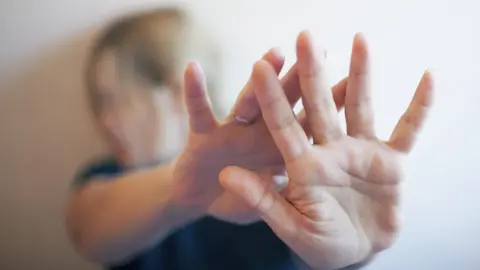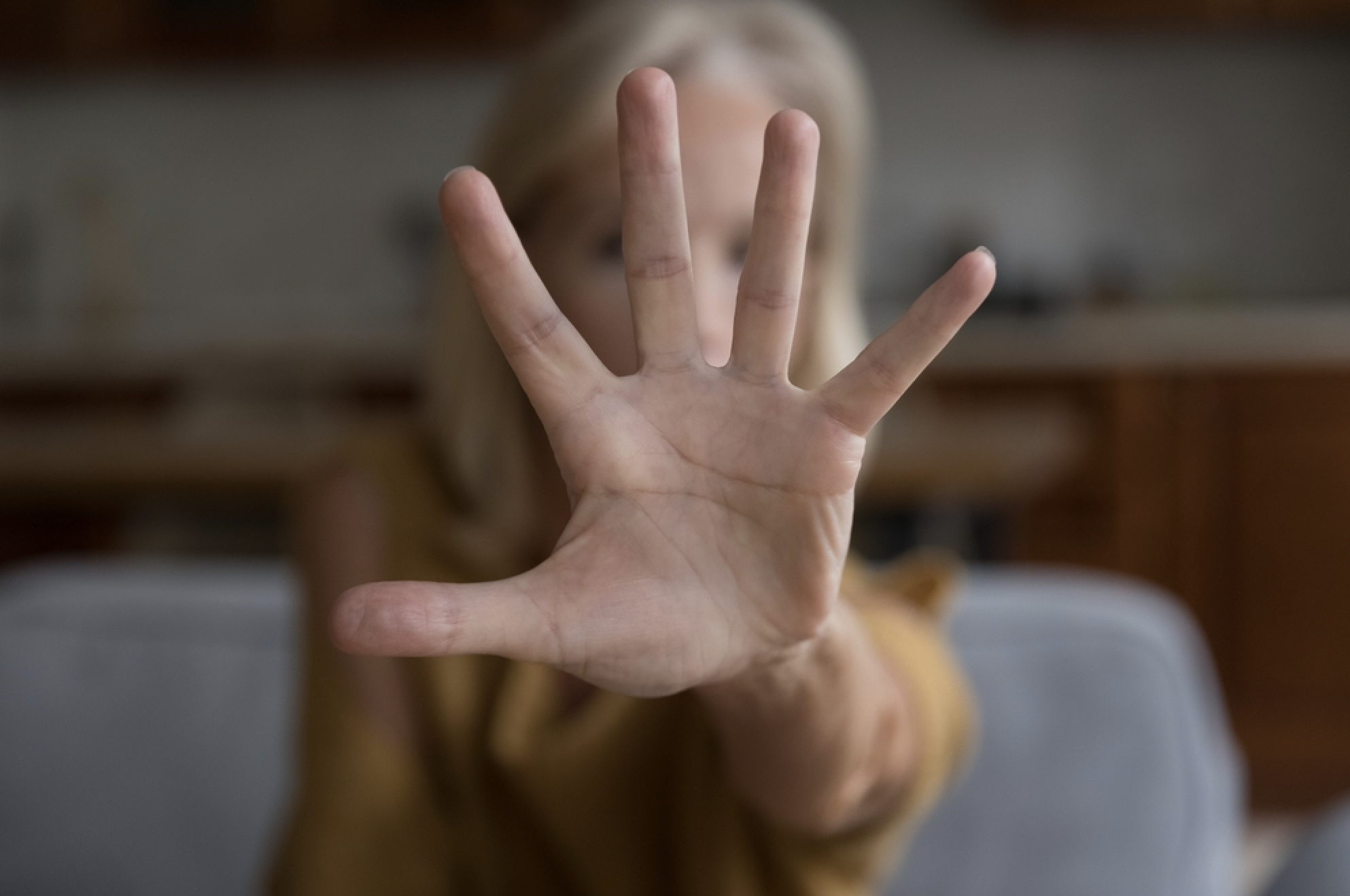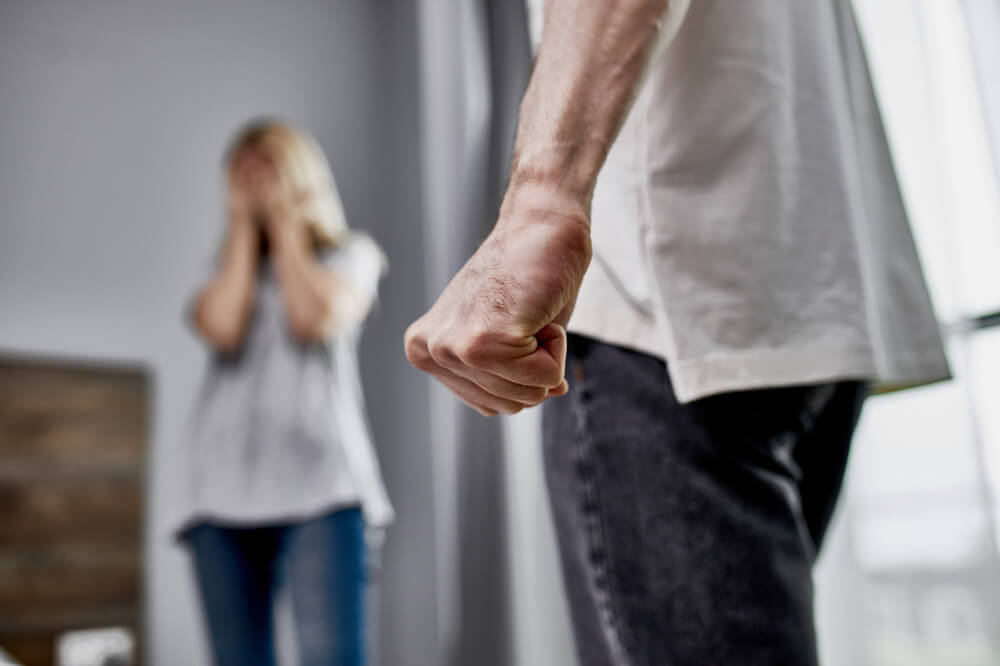
Domestic violence, also known as intimate partner violence (IPV), continues to be one of the most significant public health and human rights challenges around the world. According to the World Health Organization (WHO), nearly one in three women globally has experienced physical or violence from an intimate partner at some point in her life.
While anyone can experience domestic violence regardless of gender, age, or background, women and girls remain disproportionately affected. Recognizing the signs, understanding the impact, and promoting safe and supportive responses are essential steps toward prevention and healing.
What Is Domestic Violence?
The Centers for Disease Control and Prevention (CDC) defines domestic violence as any pattern of behavior in a relationship used to gain or maintain power and control over an intimate partner. This can take many forms, including:
- Physical aggression such as pushing or restraining
- Emotional abuse including humiliation, intimidation, or manipulation
- Financial control, such as restricting access to income or resources
- Monitoring behaviors, including excessive check-ins or surveillance
Importantly, domestic violence is not limited to physical harm. Many victims experience emotional distress and long-term psychological effects that can deeply affect their well-being and relationships.

Recognizing the Signs of Abuse
Identifying the early signs of domestic abuse is often the first step toward helping someone in need. According to the National Coalition Against Domestic Violence (NCADV), possible indicators may include:
- Unexplained or repeated minor injuries
- Withdrawal from family, friends, or social activities
- Noticeable anxiety or fearfulness around a partner
- Sudden changes in mood, appearance, or behavior
- Frequent monitoring or controlling behaviors from a partner
It’s important to approach these situations with empathy. Survivors often face emotional, financial, and social barriers that make leaving an abusive environment extremely difficult.

The Impact on Health and Well-Being
The effects of domestic violence can be long-lasting and far-reaching. Survivors may experience:
- Physical health issues, such as fatigue, chronic pain, or injuries
- Mental health challenges, including depression, anxiety, or post-traumatic stress
- Disruptions to daily life, such as difficulties maintaining employment or education
- Economic strain, often linked to financial control or loss of income
- Social isolation, which may lead to decreased support networks
Children exposed to violence in the home may also experience emotional and developmental difficulties, emphasizing the importance of early intervention and support for the entire family.

Legal Protections and Support Services
Many countries have established laws and programs to protect survivors and hold offenders accountable. These may include:
- Emergency protection or restraining orders
- Access to safe shelters and confidential hotlines
- Free or low-cost legal assistance
- Counseling and recovery programs
In the United States, the Violence Against Women Act (VAWA) provides funding and legal protections for survivors of domestic abuse. Similarly, in Europe, the Istanbul Convention sets international standards for preventing and addressing violence against women and domestic violence.

How Communities Can Help
Domestic violence is not only a private issue — it’s a community concern. Everyone has a role to play in creating safer environments. Key strategies include:
- Education and Awareness: Promote understanding of healthy relationships and challenge harmful stereotypes.
- Professional Training: Equip teachers, healthcare workers, and law enforcement with the tools to recognize and respond to abuse.
- Safe Environments: Schools, workplaces, and community spaces should offer confidential support and resources.
- Bystander Support: Encourage friends, family, and neighbors to speak up safely and connect victims to help.
By fostering awareness and compassion, communities can help reduce stigma and empower survivors to seek safety and support.
The Role of Digital Platforms
Digital and social media play a significant role in both awareness and advocacy. However, sharing sensitive stories must be done carefully to protect survivors’ privacy and avoid causing distress to others.
Responsible online advocacy includes:
- Sharing only verified information from credible sources
- Avoiding graphic or sensational visuals
- Including resource links or hotline numbers for support
- Using awareness hashtags thoughtfully to promote education, not exploitation
By using digital spaces responsibly, individuals and organizations can help spread accurate information and support prevention efforts.
Global Efforts and Ongoing Challenges
Worldwide initiatives such as the UNiTE Campaign to End Violence Against Women and #16Days of Activism continue to raise awareness and encourage governments to strengthen legal frameworks and social programs.
Despite global progress, challenges remain in ensuring consistent enforcement of laws, improving survivor access to support, and addressing the root causes of gender-based violence.

Conclusion: A Shared Responsibility
Domestic violence is a complex issue that requires a united, compassionate, and informed response. Whether through education, advocacy, or personal support, each person has a role to play in building safer communities.
By continuing to raise awareness, strengthen laws, and offer understanding to survivors, we can work toward a future where every individual lives free from fear and harm.
Verified Sources
- World Health Organization (WHO): Violence Against Women
- Centers for Disease Control and Prevention (CDC): Intimate Partner Violence
- National Coalition Against Domestic Violence (NCADV)
- UN Women: Ending Violence Against Women
- Office on Violence Against Women (OVW) – U.S. Department of Justice